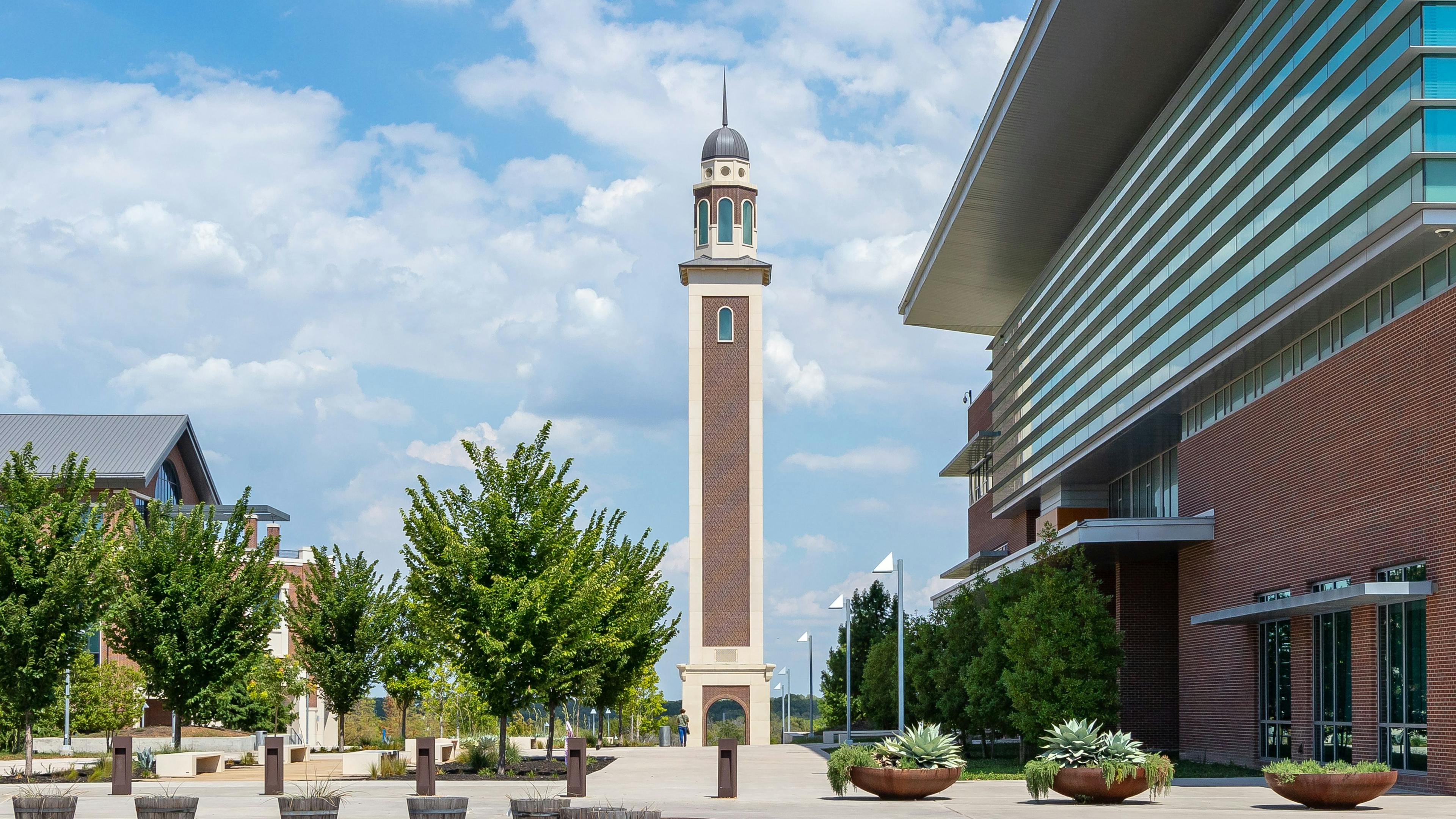
Economic Momentum and a Hiatus on Interest Rate Hikes Bolster Real Estate Activity
Though the U.S. economy has managed to successfully navigate through a federal government shutdown, meandering Brexit discussions, tighter monetary policy, a slowing global economy, and tariffs on steel, aluminum, softwood lumber and a variety of Chinese-sourced goods, many economists remain concerned about the economic outlook for 2020-2021. In fact, a majority of economics recently surveyed expect recessionary conditions to emerge in 2021 or earlier.
A number of ill omens have emerged of late, including yield curve inversion, a U.S. unemployment rate that has fallen meaningfully below its natural rate (inflationary), weakening small business confidence and erratic consumer confidence. But for now, the U.S. economy is associated with plentiful momentum.
Nonresidential construction activity is poised to remain a source of strength in America this year. As of the end of 2018, contractors’ expectations for sales, profit margins and staffing levels remained generally upbeat despite lingering concerns regarding skills shortages, rising borrowing costs, higher materials prices and softening global economic growth.
According to Associated Builders and Contractors’ Construction Confidence Index (CCI), roughly half of contractors expect profits to expand during 2019’s initial half even amid rising labor costs. Only 10 percent expect a diminution of profitability during the first six months of the year.
All three major components of the CCI (sales, profit margins and staffing levels) remain above the critical threshold of 50, meaning that further expansion along each of these dimensions is anticipated in the near term. However, index readings fell in recent months, indicating that contractors are not quite as confident as they once were.
Still, these upbeat assessments of economic conditions are translating into action. According to Labor Department data, U.S. construction employment expanded by 53,000 net new jobs in January (28,600 net new positions for nonresidential employment).
February’s numbers were far weaker and deeply disappointing. While February represented the 101st consecutive month of employment growth in America, only 20,000 net new jobs were produced. Construction lost 31,000 jobs for the month, and ironically that is considered good news. The fact that construction and a number of other weather-impacted segments made up the bulk of the job loss suggests February was likely a statistical fluke in terms of job growth.
The February employment data also brought some good news. Unemployment dipped to 3.8 percent nationally. Average hourly earnings expanded by 11 cents on a monthly basis and are up 3.4 percent year over year—strongly suggesting that consumer spending will remain another source of strength for the U.S. economy this year.
America is positioned for additional job growth. The most current data available indicate the existence of more than 7.3 million available, unfilled jobs in the United States. Construction, which was associated with only about 25,000 available job openings during the worst of the economic downturn, now has nearly 400,000 available, unfilled jobs on a seasonally adjusted basis.
Here is the best news of all: Despite growing wage pressures and rising tuition, rent, health care costs, etc., overall inflation remains contained.
During and immediately following the financial crisis, the Federal Reserve took unprecedented steps to support the U.S. economy’s recovery by effectively driving key interest rates to zero. Federal Reserve policymakers have been anxious to move gradually toward normalcy.
Accordingly, since December 2015, the Federal Reserve has raised short-term rates nine times. Many analysts had been expecting additional rate increases as the Fed sought to stem the tide of rising inflation. But then something strange happened. Despite a stronger economy and labor market, inflation remained benign. According to the core Consumer Price Index, U.S. inflation has only been running at 2.1 percent on a year-over-year basis.
The Core PCE (personal consumption expenditures) Deflator computes inflation at 1.9 percent, just below the Federal Reserve’s 2 percent target. The upshot is that for now, rate increases are on hiatus, helping to keep borrowing costs low and investment high, including in real estate. That’s good for construction spending.
An enduring economic expansion has helped improve state and local government finances, translating into more infrastructure investment even absent a much-anticipated federal spending package. That serves as yet another economic tailwind as the country moves through 2019.
Anirban Basu is chief economist of Associated Builders and Contractors. For more information, visit www.abc.org/economics.
Related stories








